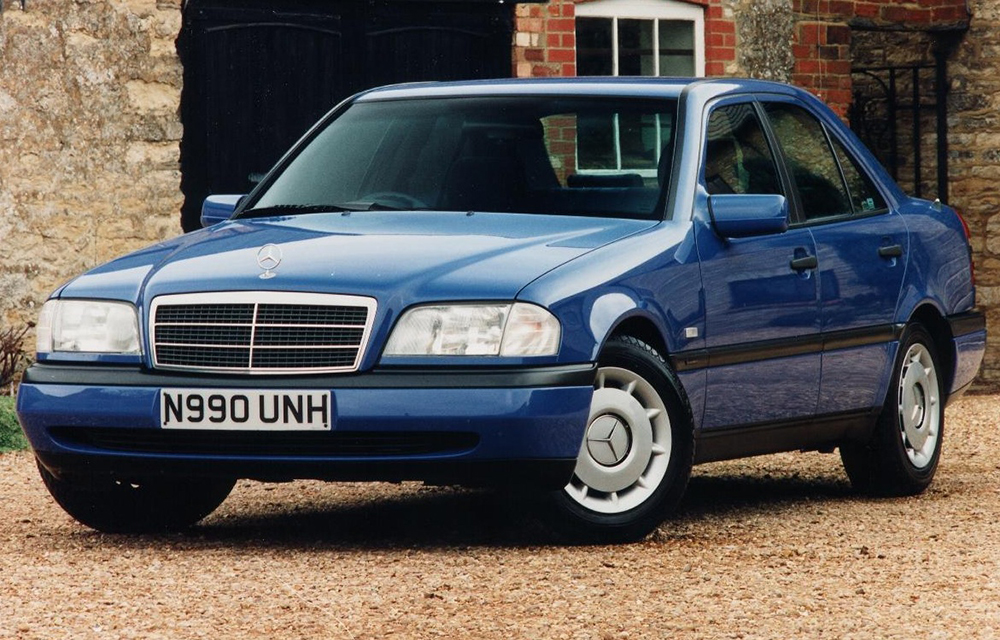Car clinic: How safe is my 1995-registered Mercedes C-class?
Our 1995 Mercedes C 200 is still going strong but we are worried about its safety features.
Your car clinic expert
TIM’LL FIX IT
Tim Shallcross used to train AA patrols to fix cars. Now he advises the Institute of Advanced Motorists.
Q. Our 1995 Mercedes C 200 is still going strong but we are worried about its safety features. It is hard to find safety data online for a car this old. Is it seriously lacking in them?
AF, London
A. In general the more recently a car was designed, the better it will protect occupants in a crash. This is particularly true for vehicles designed after the New Car Assessment Programme (NCAP) was introduced, which for Europe was in 1997. NCAP tests vehicles by crashing them at specific speeds and angles to simulate the most common collisions.
Your Mercedes is the W202 version of the C-class, which was introduced in 1993, well before Euro NCAP was set up. For its day the car was well equipped, with standard equipment including a driver airbag (it became standard for the front-seat passenger in 1995), antilock braking and side-impact protection.
Nevertheless, it scored just two Euro NCAP stars when tested in 1997 after it was found that some parts of the car’s body would hit the driver before the airbag fully inflated. The detailed report is at tinyurl.com/ykyj9f9.
Two stars is a very low rating by today’s standards but was not unusual then (the BMW 3-series and Saab 900 of the day did no better). The Ford Mondeo and Vauxhall Vectra, for example, were both designed a little later, when manufacturers knew that safety testing was on the horizon; both managed three stars in their 1997 versions.
Another factor for you to consider is that the 1997 C-class’s Euro NCAP rating was for a new car. If rust has weakened the body in safety-critical areas, or equipment such as airbags or the antilock braking are no longer working, even that two-star rating becomes meaningless. TS





